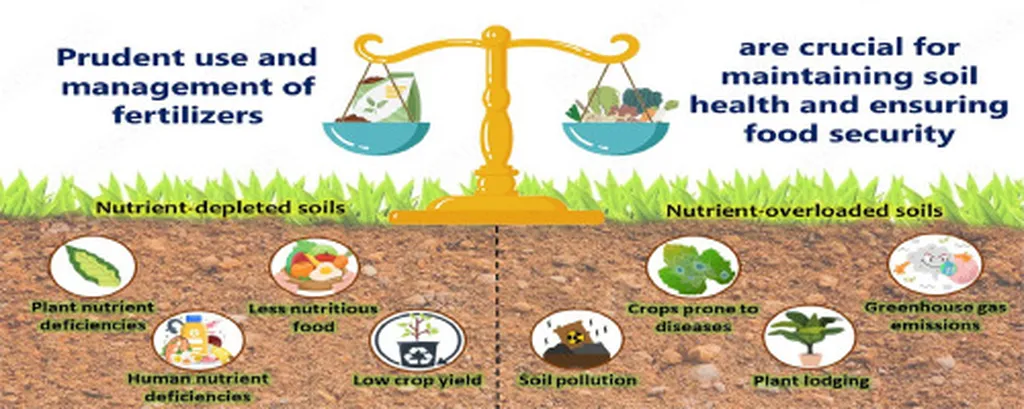In the heart of arid regions, where the sun blazes and water is scarce, farmers face an uphill battle to secure food production while grappling with the dual challenge of decarbonization. A recent study published in *Energy Conversion and Management: X* offers a glimmer of hope, presenting an innovative solution that could revolutionize agriculture and contribute to a greener future. The research, led by Ikhlas Ghiat from the Division of Sustainable Development at Hamad Bin Khalifa University and the Qatar Environment and Energy Institute, explores the integration of Direct Air Capture (DAC) with Heating, Ventilation, and Air Conditioning (HVAC) systems to enrich agricultural greenhouses with CO2, a process known as carbon capture and utilization (CCU).
The study, which focuses on deployment in arid regions like Qatar, combines techno-economic and life cycle environmental assessments to evaluate the feasibility and benefits of this integrated system. By capturing CO2 from indoor air in buildings and channeling it to support controlled-environment food production, the system addresses both food security and decarbonization goals.
“Our approach not only enhances crop yields but also reduces the carbon footprint of agriculture, a sector that is increasingly under scrutiny for its environmental impact,” Ghiat explains. The research employs a Geographic Information System (GIS)-based spatial analysis to map CO2 sources and potential greenhouse sinks, optimizing source-sink routing and grouping greenhouses into four spatial clusters for localized modeling and sensitivity analyses.
The base model couples the GIS layer with a DAC-HVAC thermodynamic model to evaluate energy requirements and a greenhouse model that simulates CO2 assimilation, water consumption, and HVAC energy demand. The results from system modeling were used to conduct a comprehensive economic analysis and a cradle-to-gate life cycle assessment (LCA) to quantify environmental impacts.
The findings are promising. The DAC-HVAC system achieved a levelized cost of capture (LCOC) of $202/ton CO2, and when integrated with CO2 utilization in greenhouses, resulted in a levelized cost of production (LCOP) ranging from $1.19 to $1.229/kg of produce, depending on the cluster location and corresponding climatic conditions. Among the four greenhouse clusters, Cluster 2 emerged as the most favorable, achieving the lowest LCOP ($1.19/kg), shortest discounted payback period (4.25 years), and smallest break-even units (488 tons), alongside the lowest environmental burdens.
“Integrating renewable energy sources, particularly solar, has proved to significantly enhance sustainability outcomes,” Ghiat notes. Solar energy reduced climate change impacts by up to 66% and lowered LCOP by up to 18% compared to subsidized and 74% compared to unsubsidized grid electricity.
The commercial implications for the agriculture sector are substantial. This innovative approach could pave the way for more sustainable and economically viable food production in arid regions, addressing food security concerns while contributing to global decarbonization efforts. By prioritizing CO2 routing via spatial planning, accounting for site-specific climatic drivers of energy and water demand, and accelerating solar adoption, policymakers and agricultural stakeholders can realize significant reductions in cost and environmental impact.
As the world grapples with the challenges of climate change and food security, this research offers a beacon of hope, demonstrating how cutting-edge technology and innovative thinking can drive sustainable development in agriculture. The study, led by Ikhlas Ghiat from the Division of Sustainable Development at Hamad Bin Khalifa University and the Qatar Environment and Energy Institute, published in *Energy Conversion and Management: X*, underscores the potential of DAC-HVAC integration to transform the agricultural landscape, making it more resilient, efficient, and environmentally friendly.

